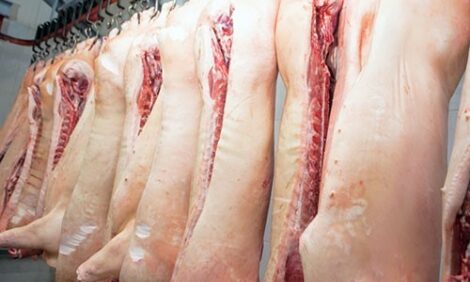



Engaging the pig industry in gene-editing
The Coalition for Responsible Gene Editing in Agriculture has created communication resources to help those researching, developing and using the technology support an informed dialogue on gene editing in food and agricultureGene editing technology is one of today’s most promising innovations, with tremendous potential to benefit society and food production. Scientists worldwide are using gene editing to help solve a broad array of difficult challenges – seeking solutions to improve human nutrition and health, environmental stewardship and food insecurity.
In food production, gene editing can help farmers keep pace with the growing demand for healthier, more abundant and affordable food, while using less water and land, and fewer nutrients and other resources. Gene editing can improve the health, wellbeing and disease resistance of plants and animals. Gene editing can help reduce food waste, and it is being explored for solutions to human nutritional challenges.
In the midst of this promise, the success of gene editing hinges on public support and acceptance – granting researchers, scientists and the food system the social license to responsibly develop the technology to its full potential. As more applications are developed and begin to enter the marketplace, it’s imperative that those using gene editing participate in an open, public dialogue about their commitment to responsible use.
The Coalition is a partnership of diverse stakeholders, including academia, plant and animal genetic companies, agriculture and food system stakeholders, and public interest groups who share a vision of global acceptance and support for the responsible use of gene editing technology in agriculture and food.
Available is a guide to engagement based on communication research findings and CFI’s trust model. It also includes links to additional communication resources. CFI will also provide engagement support for those wishing to more effectively engage with the public in a discussion about gene editing in food production.









